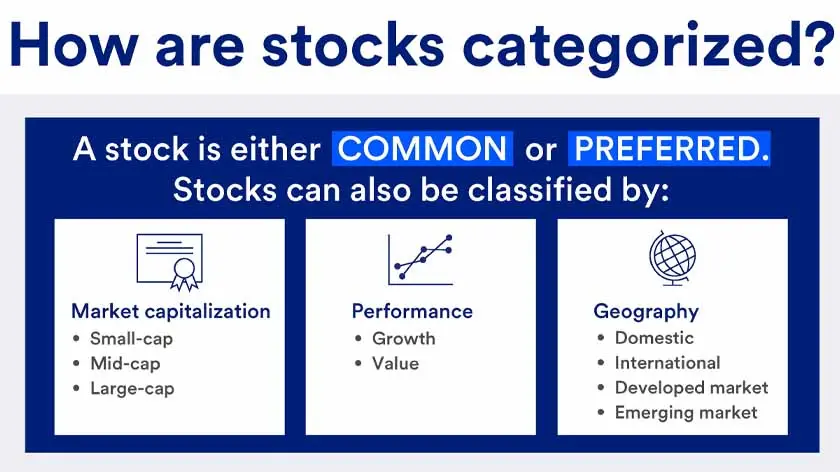Start investing today with U.S. Bancorp Investments.
Investment products and services are: Not a deposit | Not FDIC insured | May lose value
Stocks play an important role in a diversified investment portfolio, along with bonds and cash equivalents.
Stocks are usually seen as a riskier investment vehicle because they’re tied to the profits and losses of the companies you invest in, but there are ways to manage this risk.
Steps to investing in stocks include determining how you want to invest, what to invest in, how much to invest and putting a long-term investing strategy in place.
A diversified investment portfolio generally contains a balanced mix of asset classes including stocks, bonds and cash equivalents. But what exactly are “stocks,” and how can you invest in them?
Also referred to as equities, stocks are securities that give investors ownership interest in public companies, which issue stock to raise the cash needed to operate their businesses.
Investors receive dividends (if the company pays them) and benefit from share price appreciation over time if the company is successful. However, investors can also lose money if the share price falls, which is why stocks are generally considered a riskier investment than bonds or cash.
Let’s take a look at common types of stocks to invest in and explore how to invest in stocks.
A financial professional can help you set goals for stock market investing and choose the right stocks based on your risk tolerance and time horizon.

All stocks fall into one of two broad categories:
Stocks can also be classified according to factors like market capitalization, performance and geography, including:
If you’ve never invested in stocks before, getting started can feel a little intimidating. Here’s a six-step guide to help you start investing in the stock market.
There are two main options: do it yourself (DIY) or invest with the help of a financial professional. If you’re new to investing, it may be beneficial to work with a professional, at least at first. They can help you set goals for stock market investing and choose the right stocks based on your risk tolerance and time horizon.
Stocks are usually purchased through a licensed broker or advisor that makes trades on your behalf. So, the next step is to choose an investment account with a broker or advisor that’s best suited to your investing goals. You can open an individual or joint brokerage account through a licensed broker, on your own (referred to as a self-directed brokerage account) or via an investment advisor.
You can buy individual stocks or purchase shares in a mutual fund or exchange traded fund (ETF). These vehicles pool money from many investors to purchase a basket of stocks. While buying individual stocks gives you more control, it can also be riskier.
Purchasing shares in a stock mutual fund or ETF gives you built-in diversification, which potentially reduces risk. In addition, mutual funds and ETFs are actively managed by professionals, which can make them a good choice for beginning investors.
This will depend on your investing goals and budget — in other words, how much you can afford to invest. It’s smart to only invest money you won’t need for your living expenses in case you realize losses. You should also have an emergency fund of at least three to six months of expenses.
When investing for retirement, many people contribute a set amount of money each month to a retirement account, a strategy referred to as dollar-cost averaging. The important thing is to create an investing plan you can stick to for the long term.
It’s generally not advisable to check your portfolio every day, since stock prices can fluctuate frequently. Instead, plan to revisit your portfolio several times a year to make sure everything is in line with your investment goals.
Additionally, you may need to periodically rebalance your portfolio to keep your investment mix consistent with your long-term plan. This involves selling stocks that have appreciated beyond your long-term target weighting and purchasing stocks that have fallen below your target levels.
Whether you want to invest on your own or with professional guidance, there are options to invest your way.
The Standard & Poor’s 500 Index (S&P 500) consists of 500 widely traded stocks that are considered to represent the performance of the U.S. stock market in general. The S&P 500 is an unmanaged index of stocks. It is not possible to invest directly in the index.